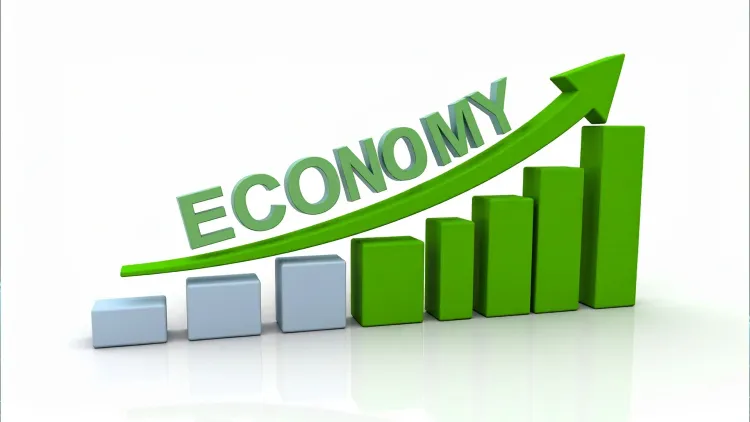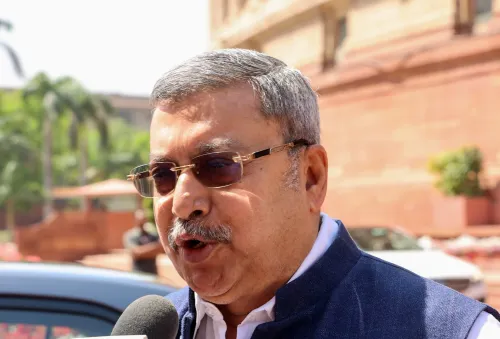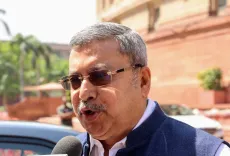Is India Prepared to Face Global Trade Disruptions?

Synopsis
Key Takeaways
- India's domestic market strength: A major buffer against global trade shocks.
- Government initiatives: Infrastructure investment and consumption boosts.
- Limited exposure: Low dependence on goods exports helps mitigate risks.
- GDP growth forecasts: Projected at 6.3% for 2025, rising to 6.5% in 2026.
- Geopolitical considerations: Tensions with Pakistan may have limited economic impact on India.
New Delhi, May 21 (NationPress) India finds itself in a more resilient position than many nations to endure global trade shocks stemming from the US tariff upheaval. This is largely attributed to the substantial scale of its domestic market and its minimal reliance on goods exports, as indicated by a recent report from Moody’s released on Wednesday.
The analysis highlights that government initiatives, such as enhanced infrastructure spending and measures aimed at boosting private consumption, are set to protect India’s economy from declining global demand.
According to the report, “India’s expansive domestic economy and limited exposure to international goods trade place it in a favorable position to absorb external shocks.”
Certain sectors, such as the automobile industry—which exports to the US—might face global challenges despite their varied operations. However, the report emphasizes that India’s resilient services sector and substantial domestic market act as effective buffers.
The report further notes that the anticipated decline in inflation is likely to facilitate a softer monetary policy, including interest rate reductions aimed at promoting growth. Additionally, the banking sector is well-equipped with sufficient liquidity to bolster credit expansion.
Moody’s also observes that the recent tensions between India and Pakistan are expected to impact Pakistan’s economy more significantly than India’s. The primary economic areas in India are situated far from the conflict zones, and bilateral economic interactions remain limited.
Nonetheless, a prolonged escalation could necessitate increased defense expenditures, potentially hindering fiscal consolidation efforts and affecting government finances, the report cautioned.
Earlier this month, Moody’s Ratings projected India’s GDP growth at 6.3% for 2025 and anticipates the economy gaining momentum in 2026 to achieve a growth rate of 6.5%.
This forecast aligns with the IMF outlook, which identifies India as the sole major economy expected to surpass a 6% growth rate in 2025.









